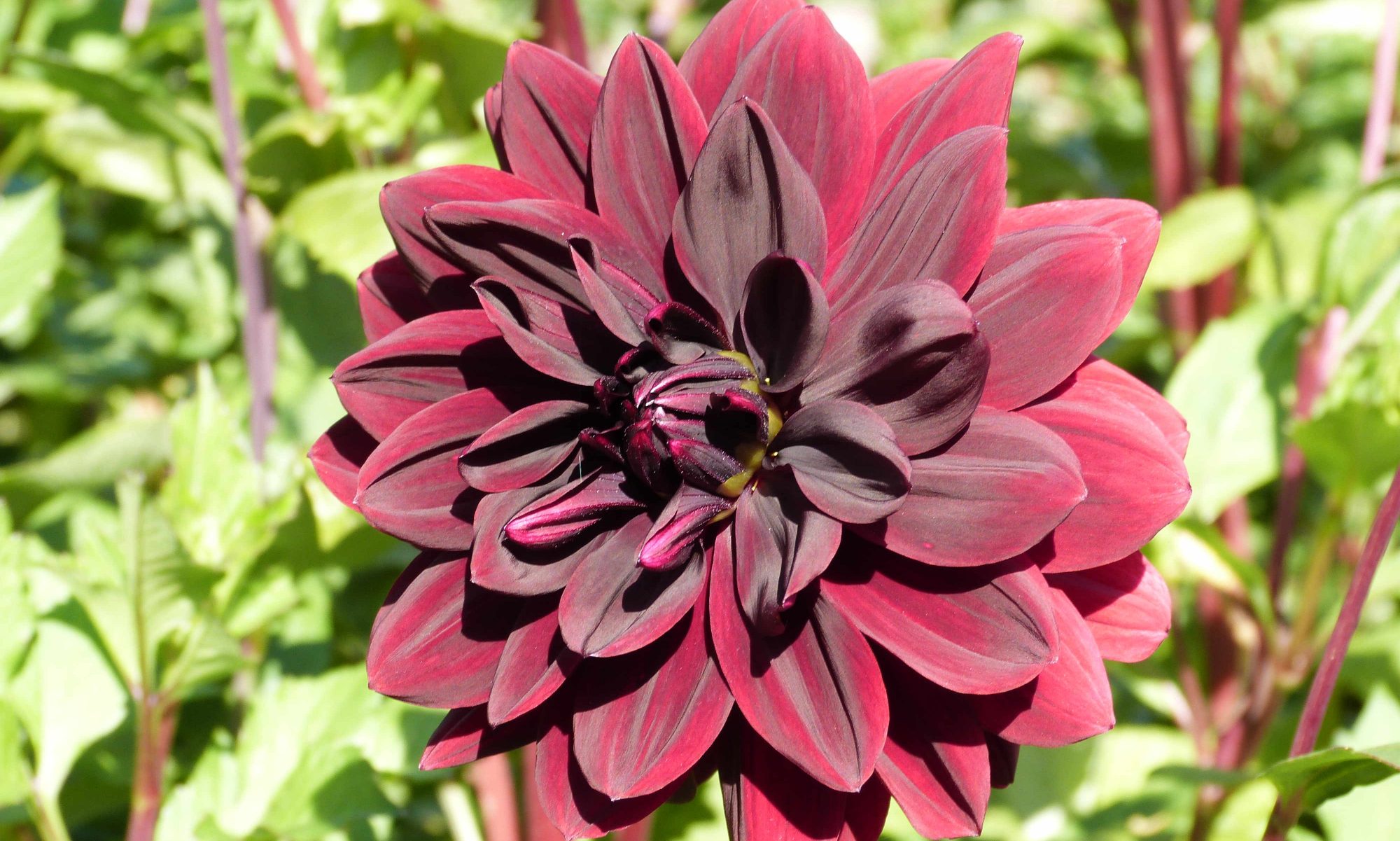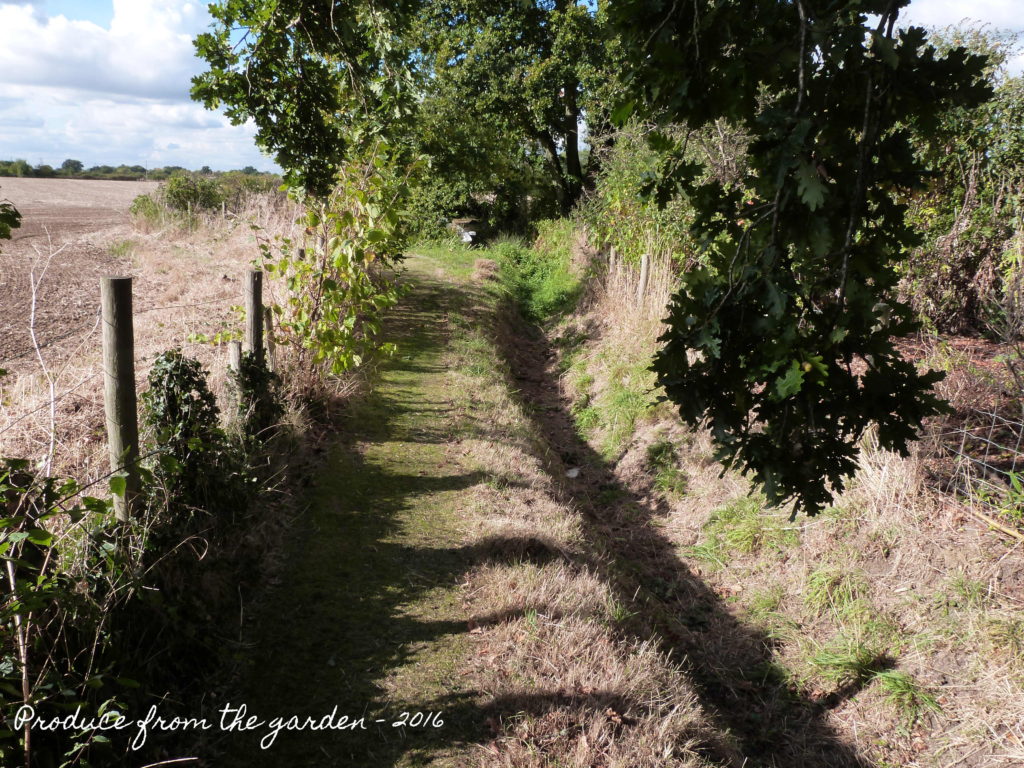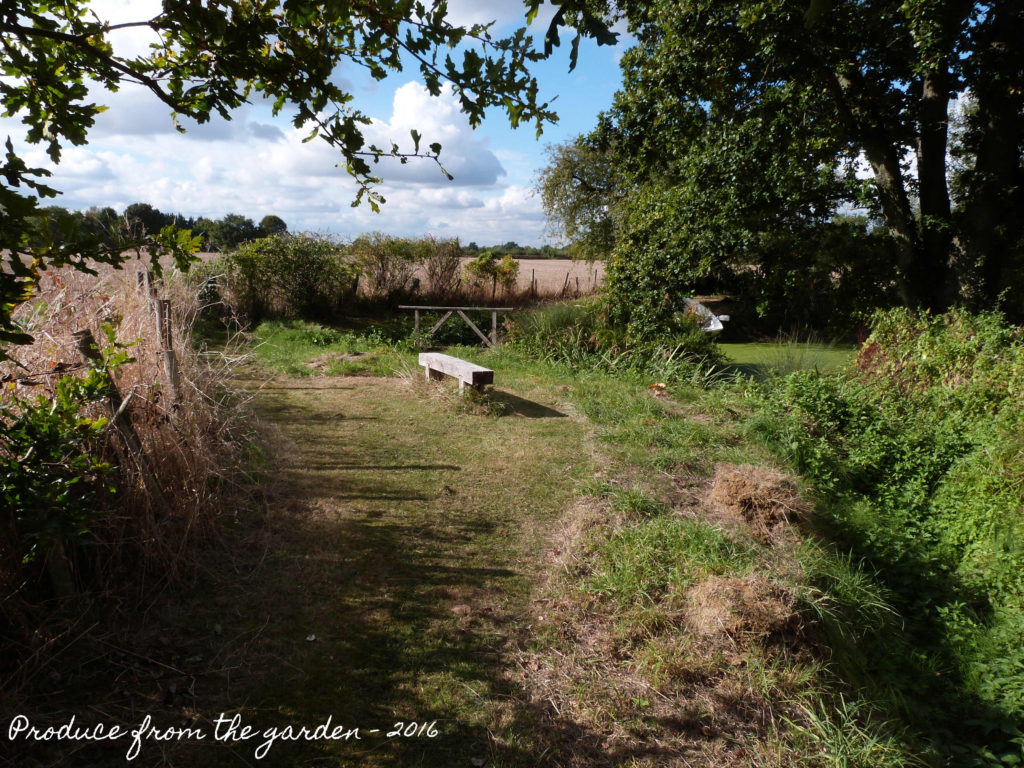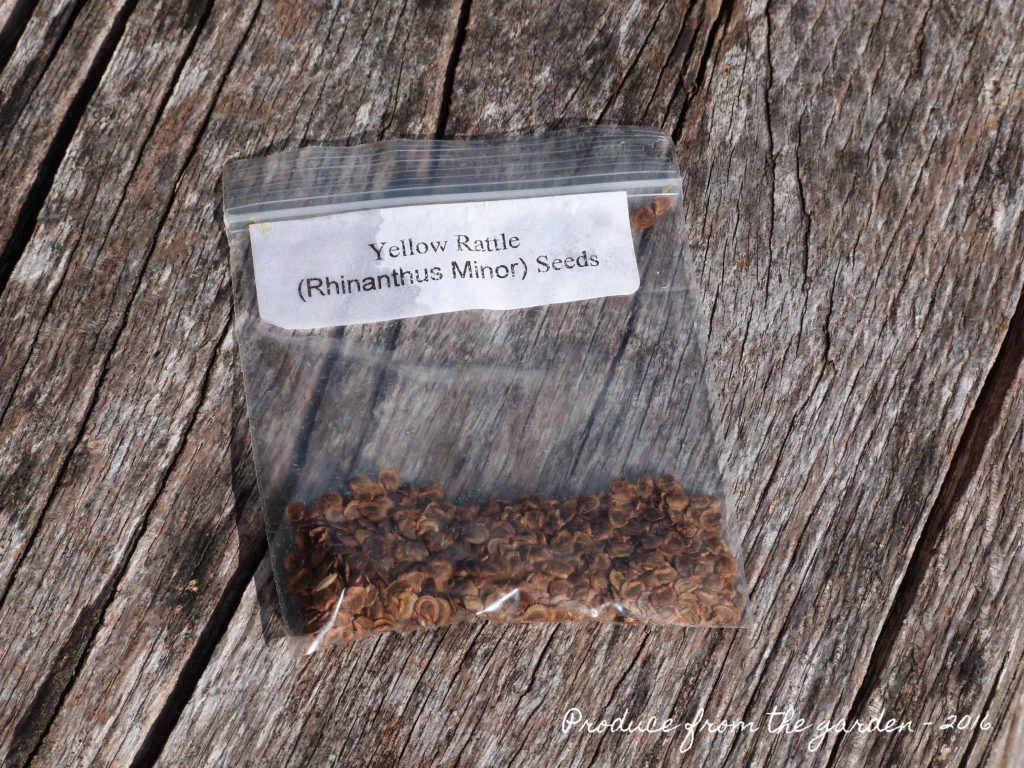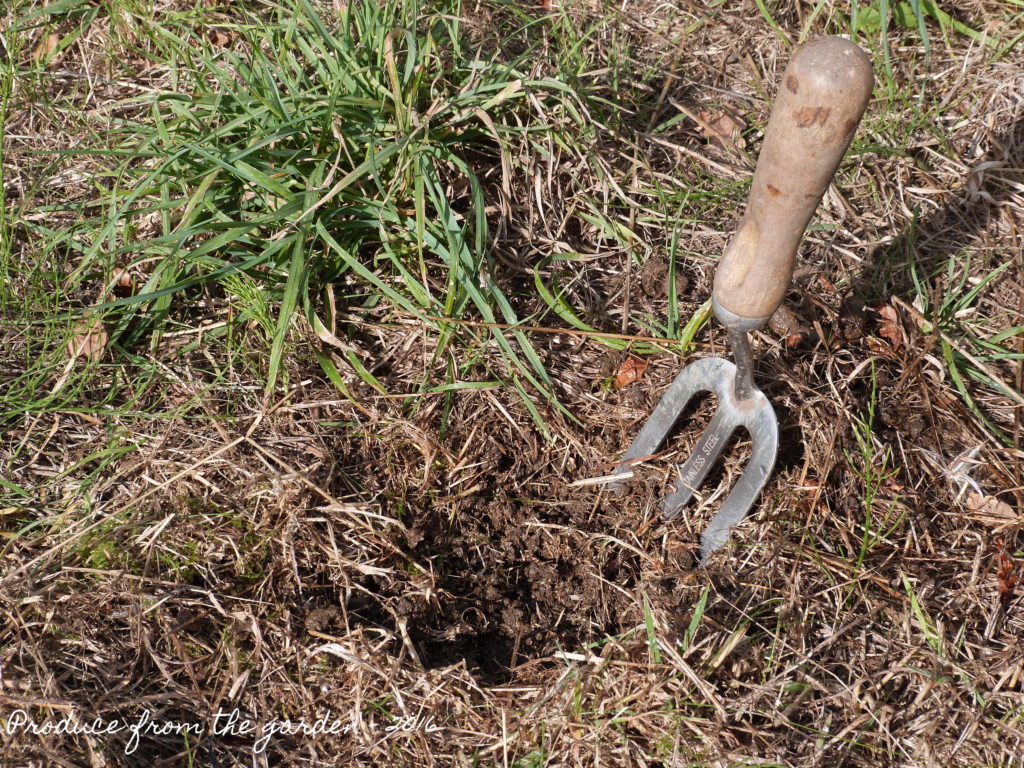Oops I seemed to of lost a month of blogging! Not a technical issue this time, just my boys Easter holidays and life, preventing me from sitting at my desk telling the stories from my garden.
April has not been the easiest gardening month, Spring seemed to arrive at once, primroses, tulips daffodils, anemones, and any other Spring flowers you can think of, all blooming together, magnificent displays in warm, dry, sunny weather. A week or so latter a cruel heavy frost hit us, the lush tender shoots on my trees, shrubs, potatoes and yes, my beloved Dahlias were scorched to a black dried crisp. The warm weather seems to have gone and we’re left with cool cloud, the damaged plants are reshooting slowly, but without that excited gay abandon of the early glorious days of April.
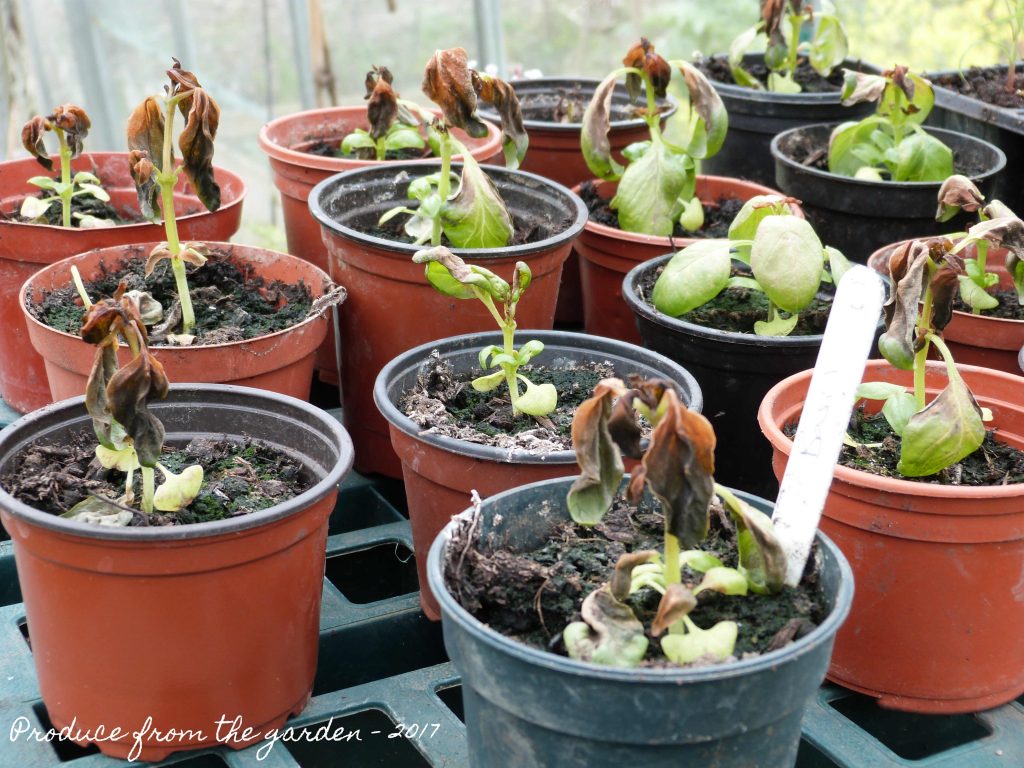 The frost even managed to get my basil in the green house (I had stupidly left the door open!)
The frost even managed to get my basil in the green house (I had stupidly left the door open!)
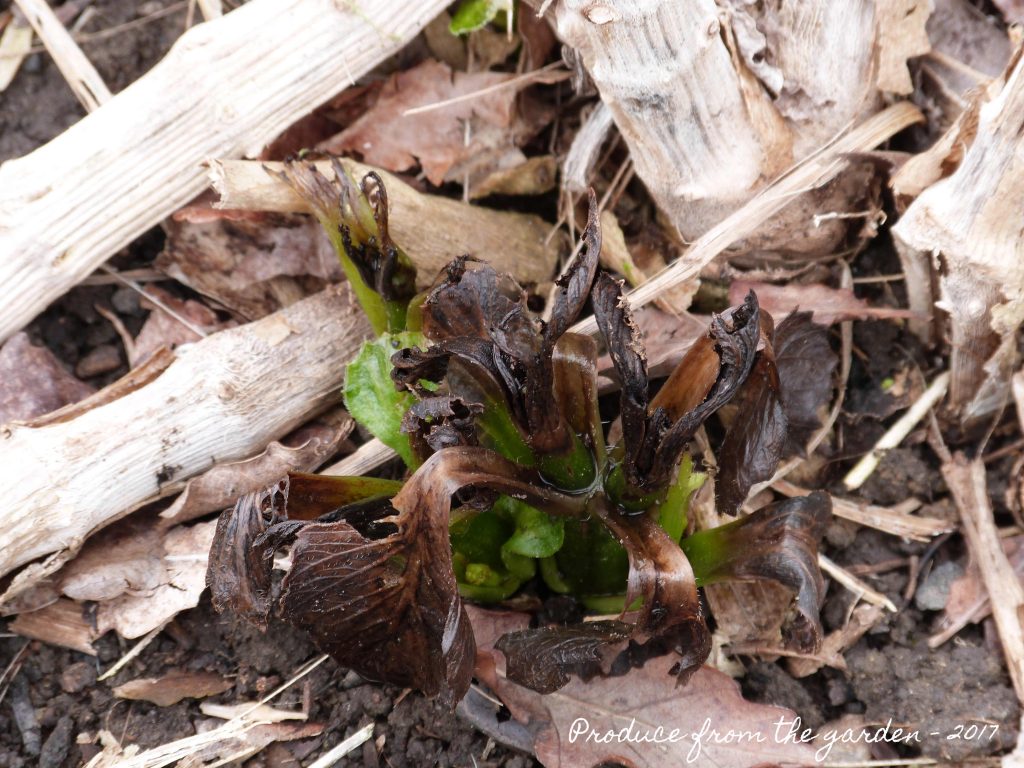 Dahlias blackend by frost, thankfully new shoots are emerging
Dahlias blackend by frost, thankfully new shoots are emerging
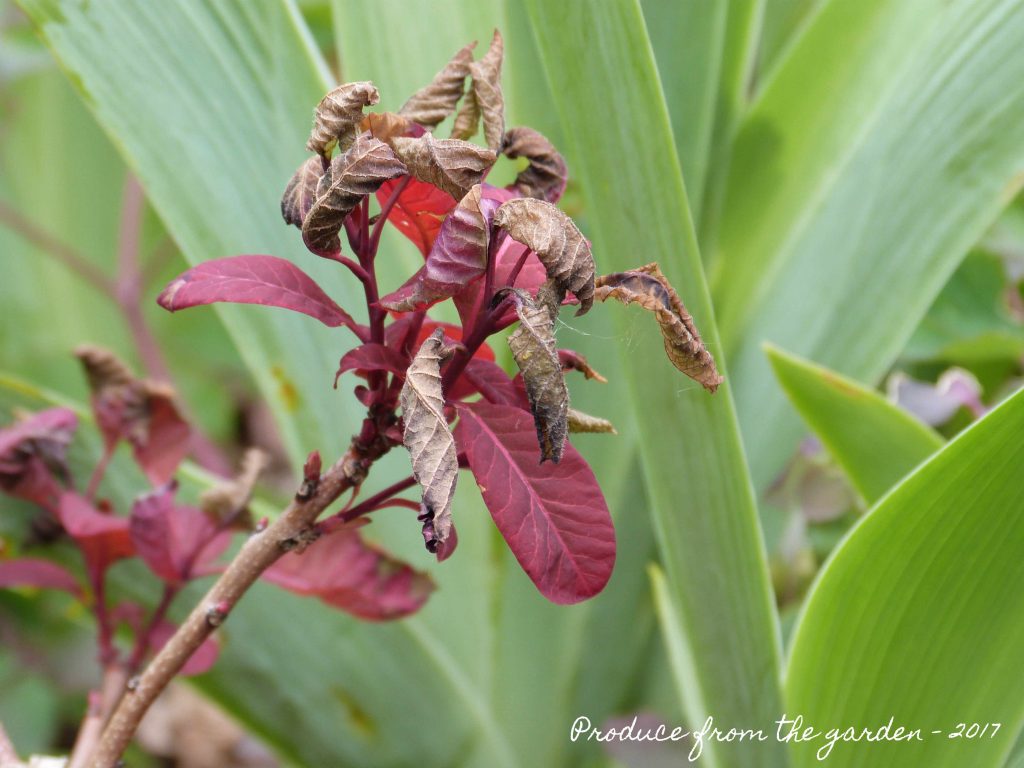 Tender new leaves on my young smoke bush, destroyed by the frost
Tender new leaves on my young smoke bush, destroyed by the frost
Regulars to this blog will know I’m trying to introduce wildflowers to the area surrounding our pond at the bottom of our garden. This includes a mini meadow. For meadow flowers to flourish, grass must not be too dominant, smothering other plants not allowing space for wild flower seed to spread and germinate. The solution is Yellow Rattle, this wild flower is parasitic on grass, reducing its strength, an essential for establishing a wild flower meadow. Last autumn I scraped away patches of grass and sprinkled Yellow Rattle seed on the bare earth. To germinate the seed requires a cold spell over winter, I was thrilled to spot Yellow Rattle success this week. There are strong seedlings developing in all the areas sown in the autumn.
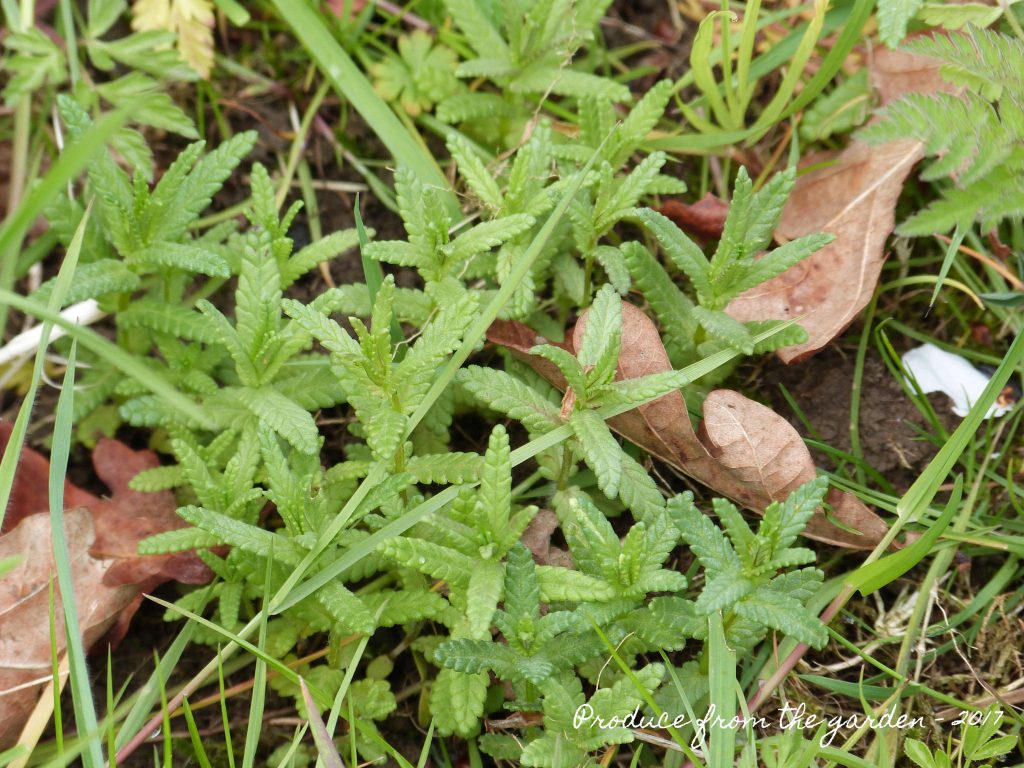 Essential Yellow Rattle establishing in my mini meadow
Essential Yellow Rattle establishing in my mini meadow
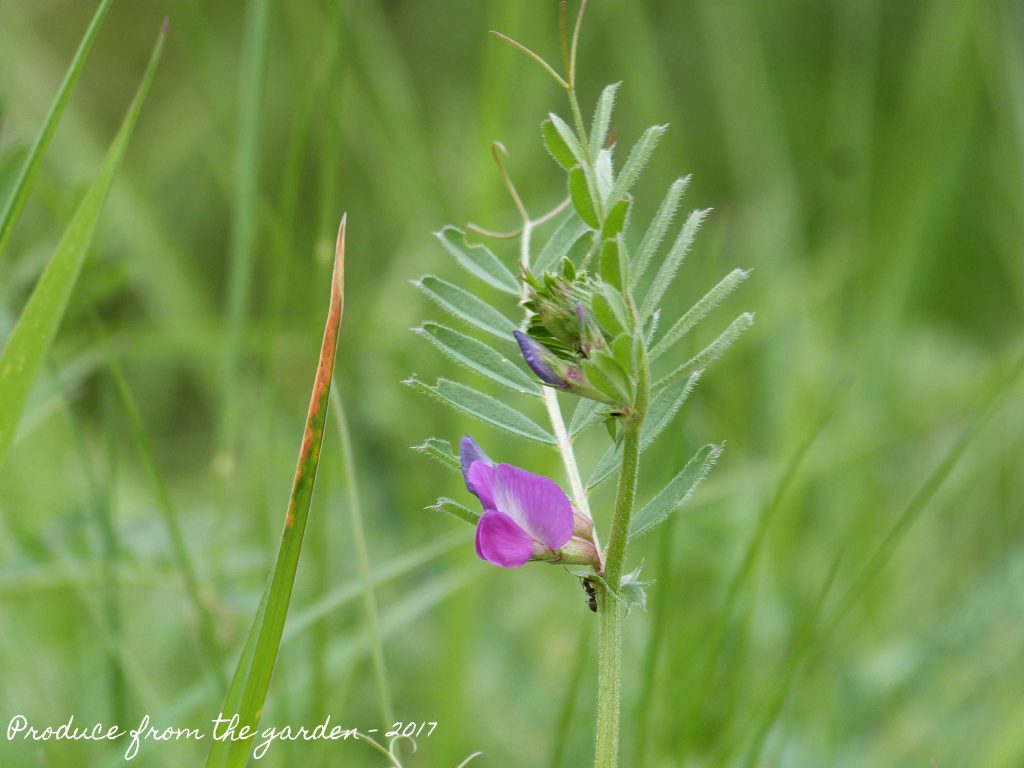 Common Vetch starting to flower in the mini meadow
Common Vetch starting to flower in the mini meadow
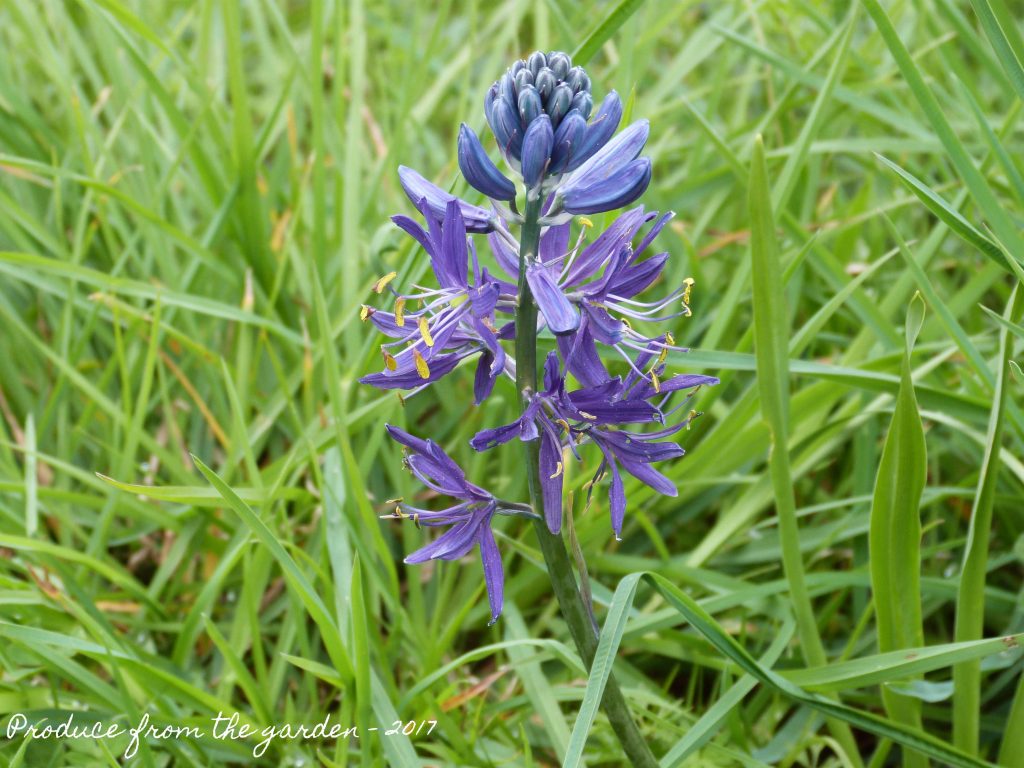 Inspired by a breath-taking display at RHS Wisley I’m planting a few Camasia bulbs each Autumn in my mini meadow, hopefully as the years go by I’ll achieve a Wisley Camasia effect, albeit on a much smaller scale! For now, I’m enjoying the individual flowers.
Inspired by a breath-taking display at RHS Wisley I’m planting a few Camasia bulbs each Autumn in my mini meadow, hopefully as the years go by I’ll achieve a Wisley Camasia effect, albeit on a much smaller scale! For now, I’m enjoying the individual flowers.
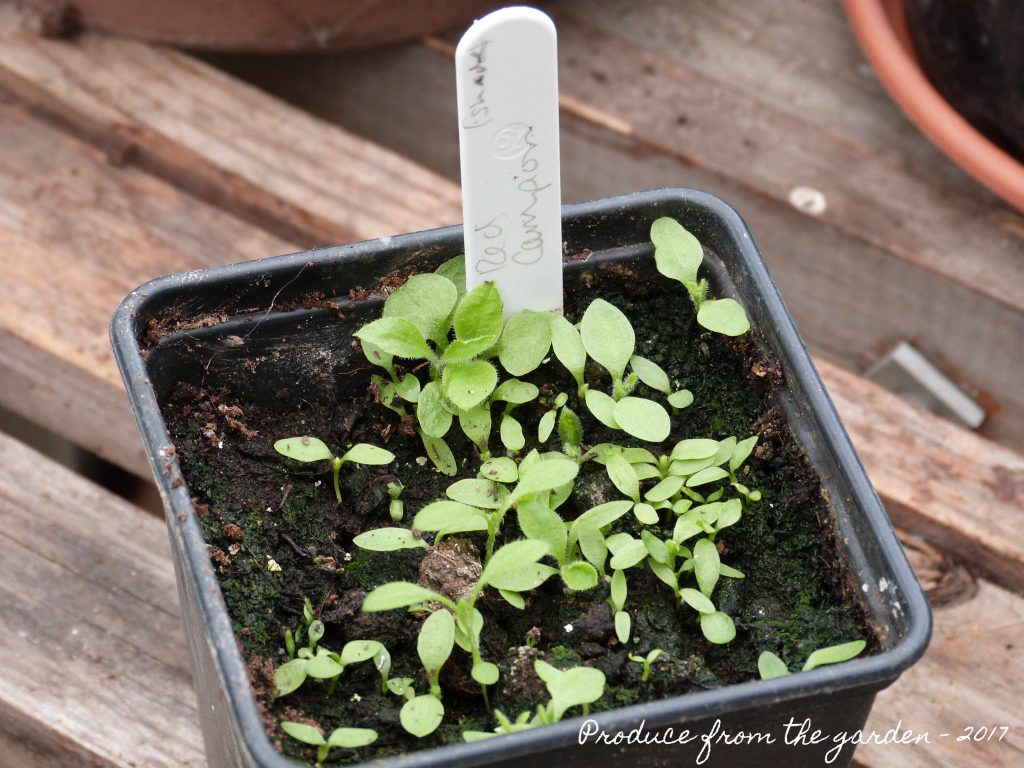 I don’t have great success sprinkling wild flower seed directly, I also don’t want to dig up all the grass, time is too short! So, my plan is to tackle the grass with Yellow Rattle and sow wild flower seed in pots and transfer them to the mini meadow to establish and set seed themselves. Here are red campion seeds I’ve sown, which need to be potted on.
I don’t have great success sprinkling wild flower seed directly, I also don’t want to dig up all the grass, time is too short! So, my plan is to tackle the grass with Yellow Rattle and sow wild flower seed in pots and transfer them to the mini meadow to establish and set seed themselves. Here are red campion seeds I’ve sown, which need to be potted on.
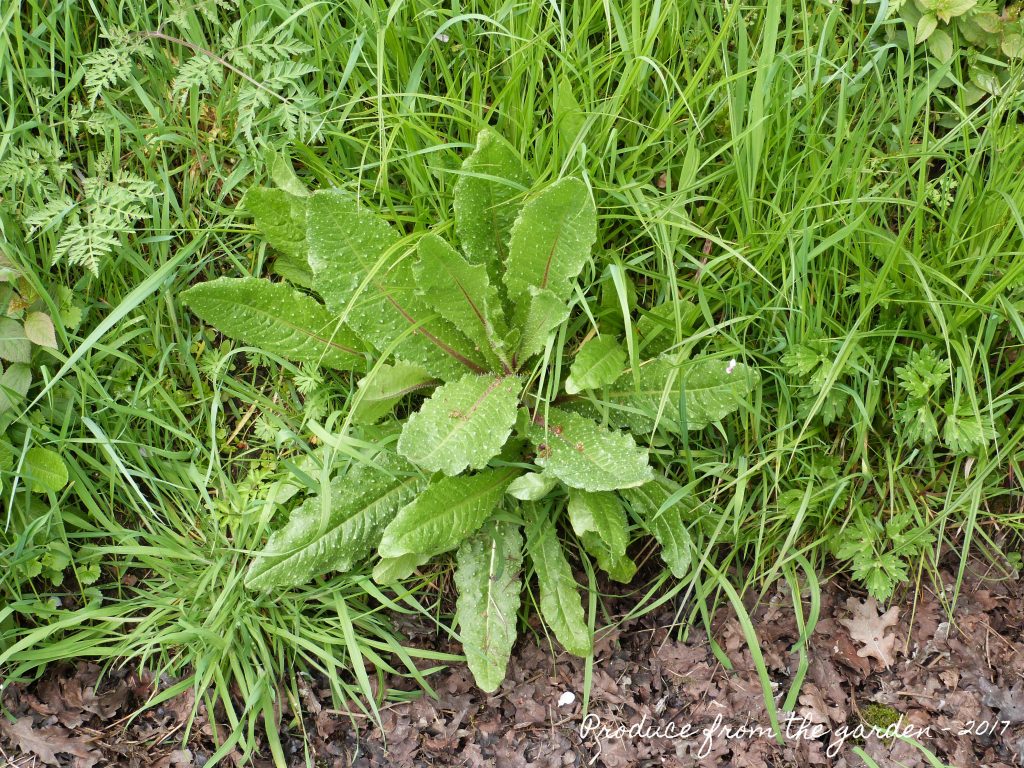 A fabulous teasel growing in the bank surrounding my mini meadow
A fabulous teasel growing in the bank surrounding my mini meadow
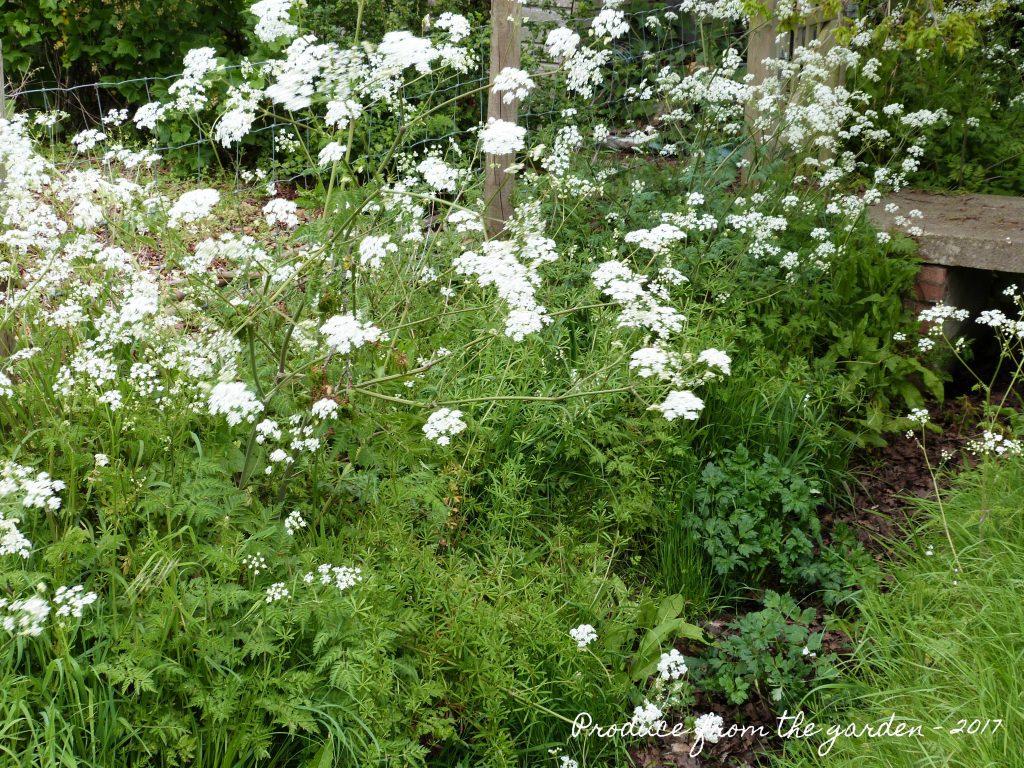 The froth of Cow Parsley also in the bank.
The froth of Cow Parsley also in the bank.
In the vegetable patch:
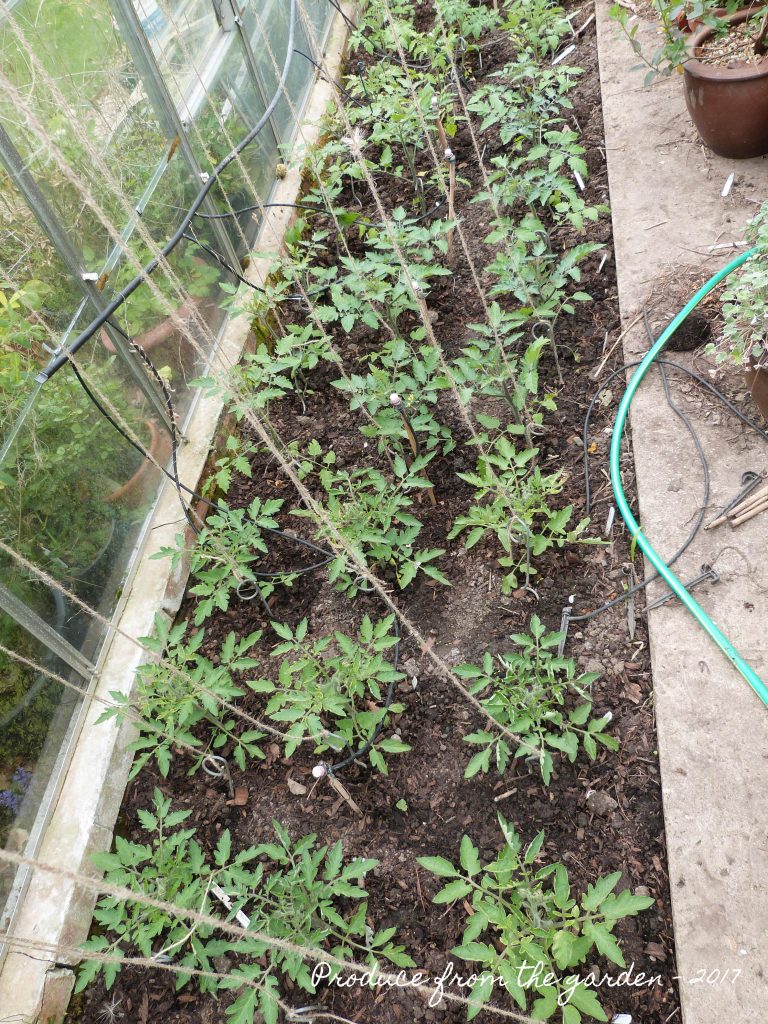 My Tomatoes are planted in the greenhouse, I just need to finish securing the twine for them to grow up.
My Tomatoes are planted in the greenhouse, I just need to finish securing the twine for them to grow up.
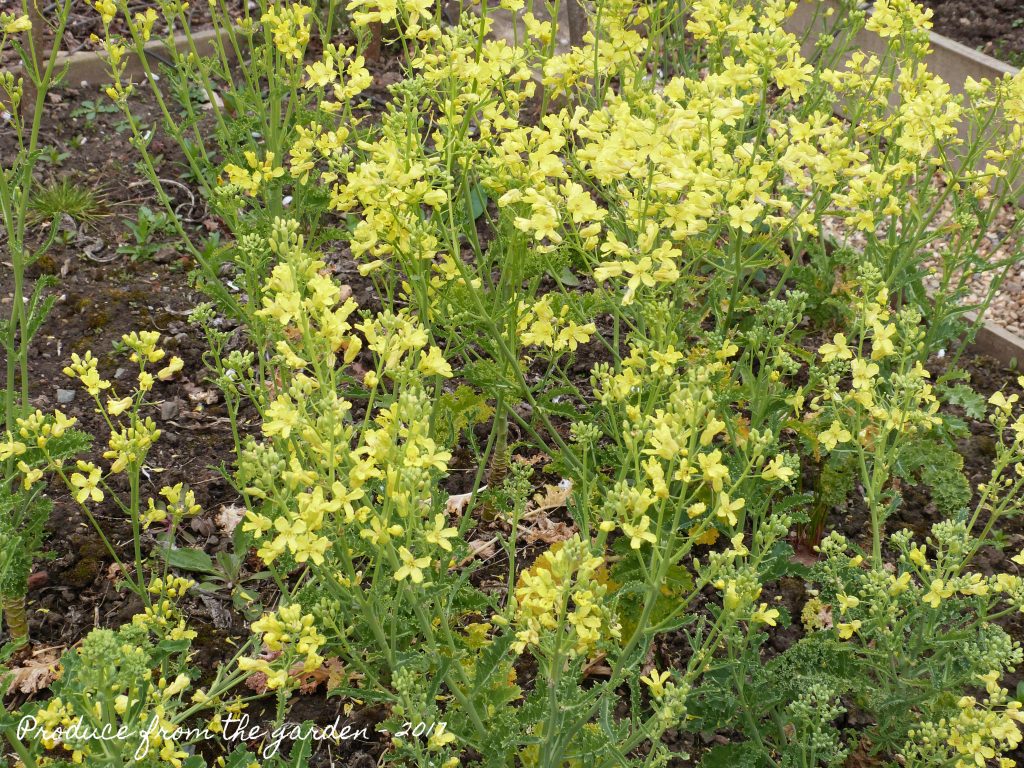 My dwarf Kale (sown last year) has now set flower, this was unintentional, I just never got round to clearing the bed! I think I might leave it to set seed, I’ll harvest and sow next year!
My dwarf Kale (sown last year) has now set flower, this was unintentional, I just never got round to clearing the bed! I think I might leave it to set seed, I’ll harvest and sow next year!
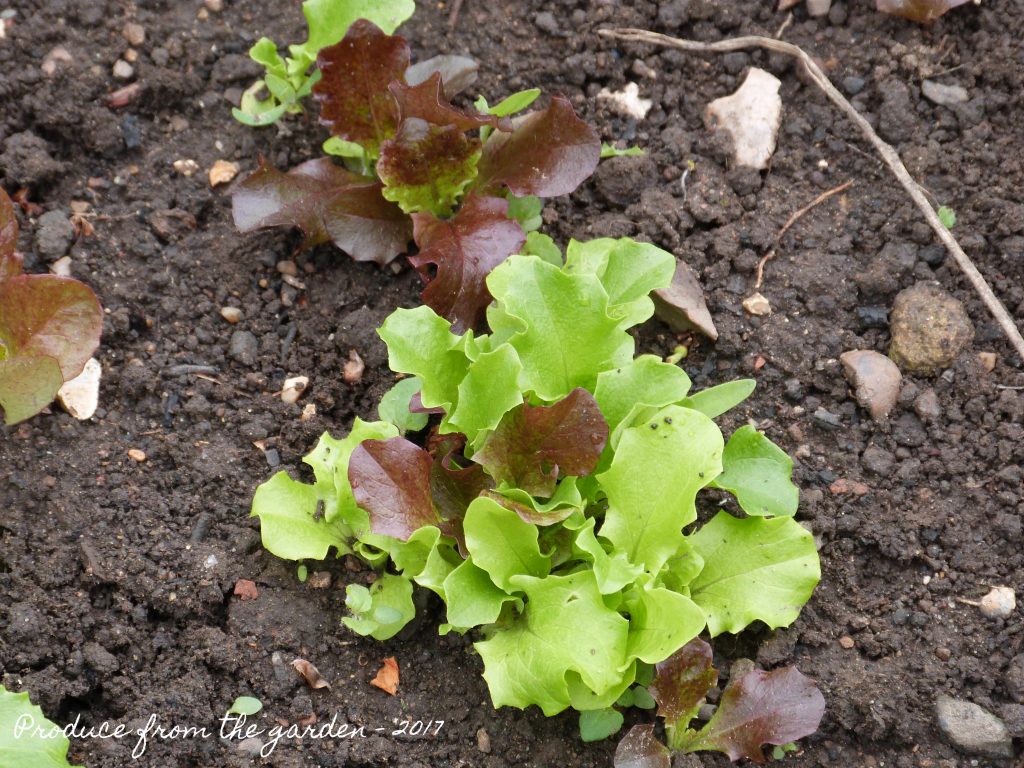 The first Spring sown salad is nearly ready to harvest.
The first Spring sown salad is nearly ready to harvest.
The cut flower garden:
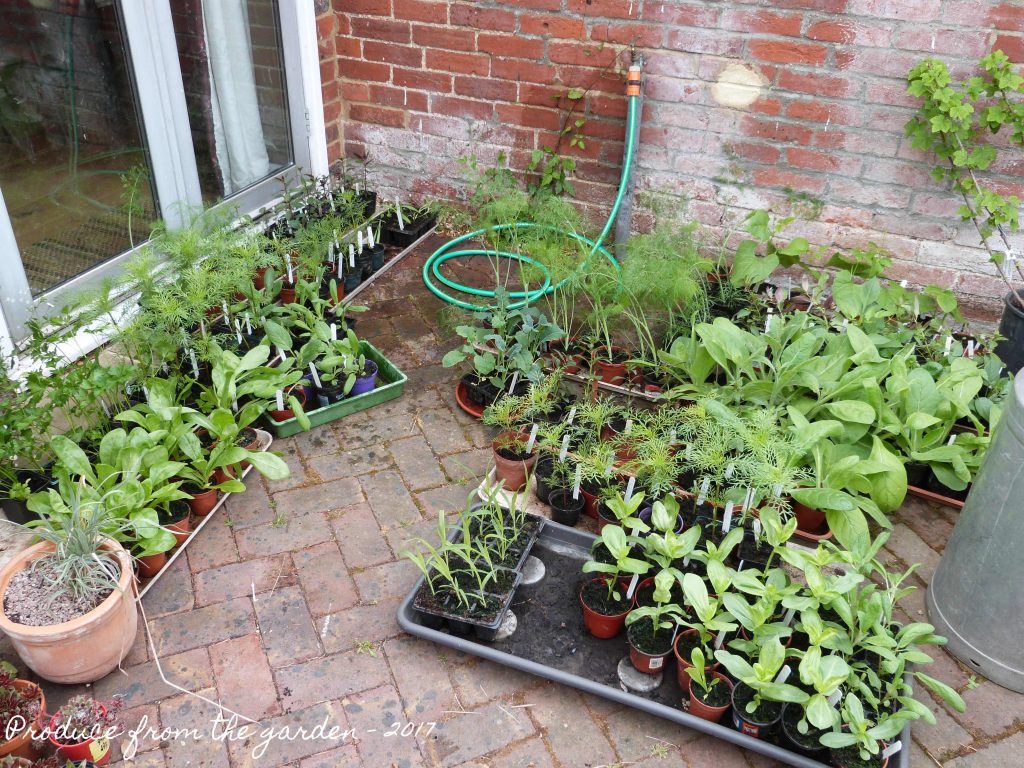 I’ve turfed my cut flower annuals out of the conservatory in an attempt to toughen them up ready for planting. All the usual’s here, Calendula, Cosmos, Cornflowers, Dill, Zinnias, Clary, Nicotiana etc.
I’ve turfed my cut flower annuals out of the conservatory in an attempt to toughen them up ready for planting. All the usual’s here, Calendula, Cosmos, Cornflowers, Dill, Zinnias, Clary, Nicotiana etc.
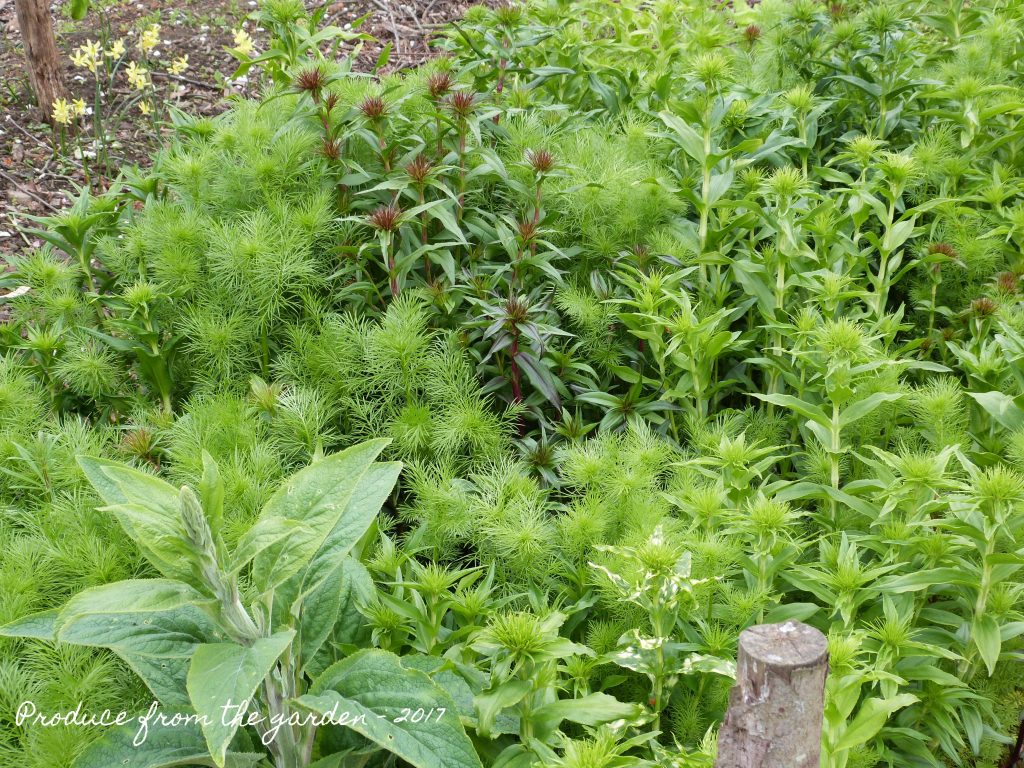 Self sown Nigella and Sweet William, all in bud. Hopefully I’ll be starting to pick in a few weeks.
Self sown Nigella and Sweet William, all in bud. Hopefully I’ll be starting to pick in a few weeks.
Some highlights from the rest of the garden:
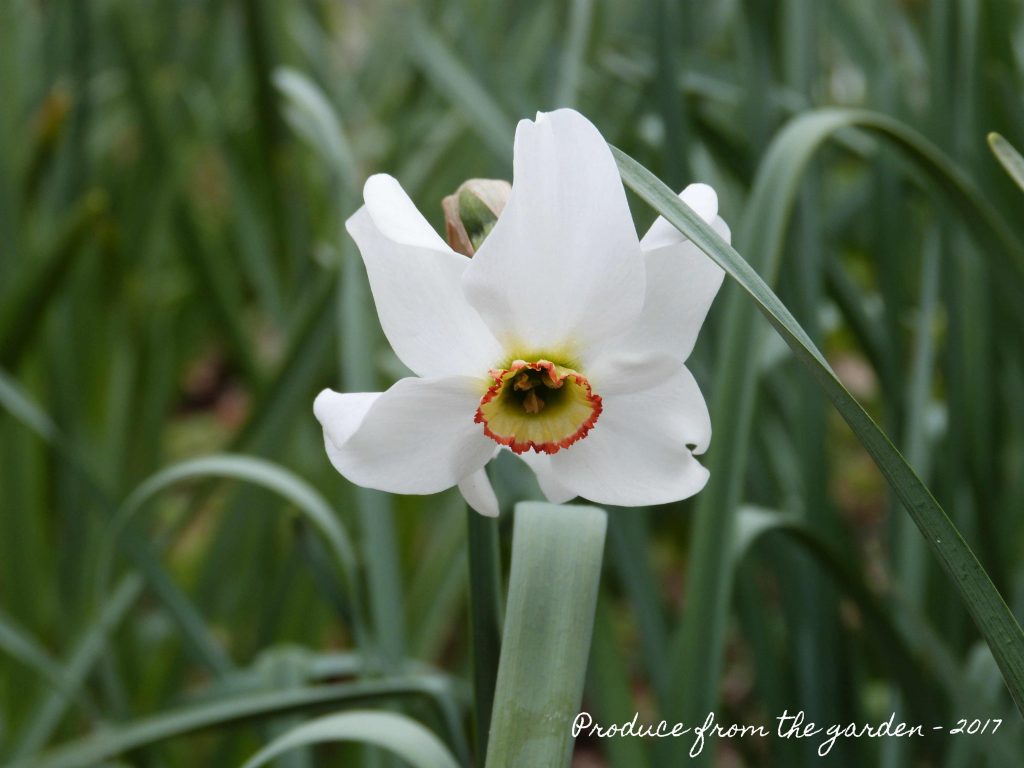 Narcissus pheasant eye – gorgeous subtle scent
Narcissus pheasant eye – gorgeous subtle scent
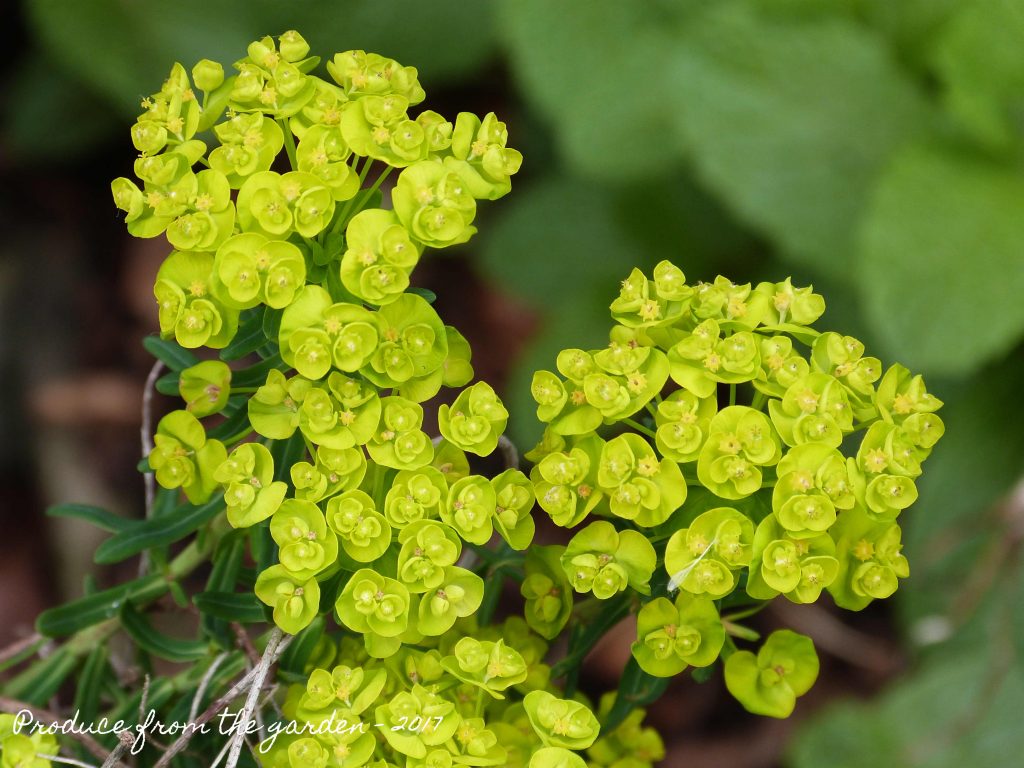 I love the acid green of this small Euphorbia. Forgtten it’s name, it’s banished to a pot as it was very invasive in my last garden!
I love the acid green of this small Euphorbia. Forgtten it’s name, it’s banished to a pot as it was very invasive in my last garden!
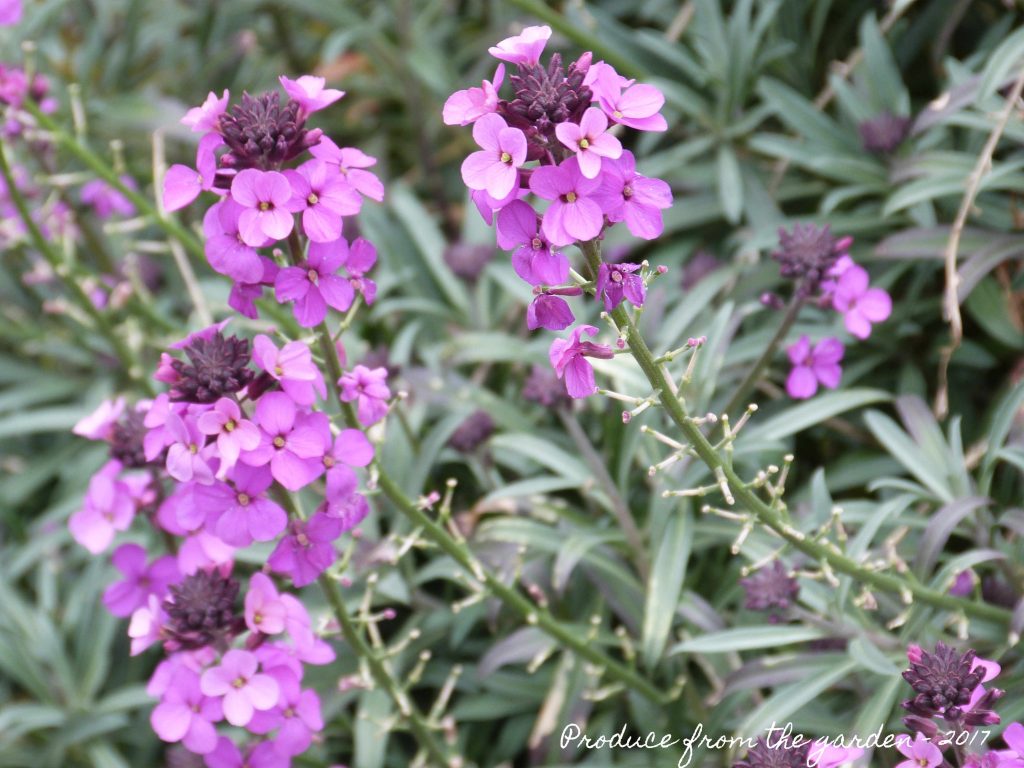 Erysimum (Wallflower) ‘Bowles’s Mauve’, this is an amazing plant, it flowers for most of the year. Although a short-lived perennial, it’s easy to take cuttings from and lifts a border when not much else is in bloom
Erysimum (Wallflower) ‘Bowles’s Mauve’, this is an amazing plant, it flowers for most of the year. Although a short-lived perennial, it’s easy to take cuttings from and lifts a border when not much else is in bloom
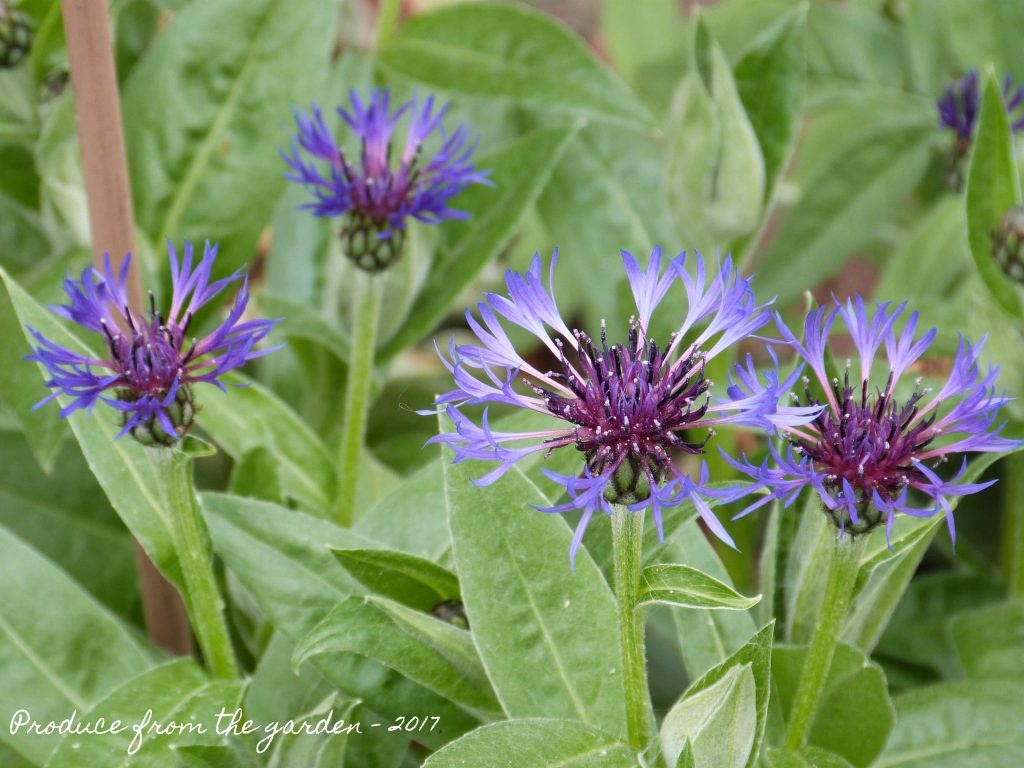 Centaurea Montana, a lovely cornflower for the border
Centaurea Montana, a lovely cornflower for the border
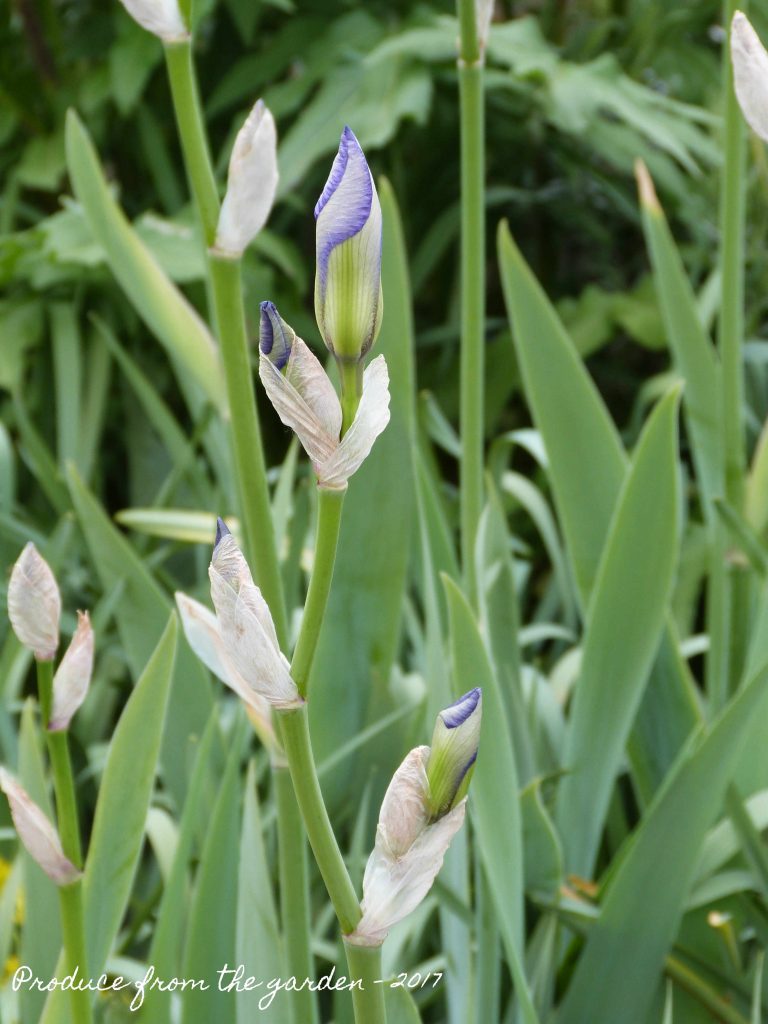 Excitment, Bearded Iris in full bud …
Excitment, Bearded Iris in full bud …
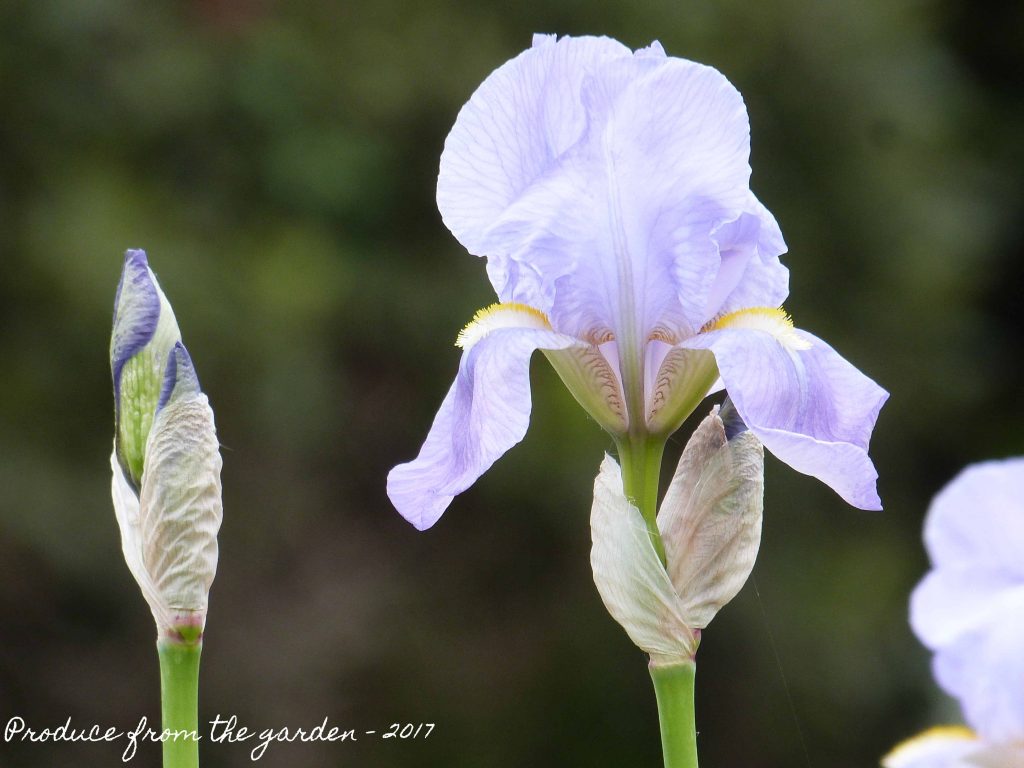 …the next day in bloom, my favourite flower in the garden at the moment!
…the next day in bloom, my favourite flower in the garden at the moment!
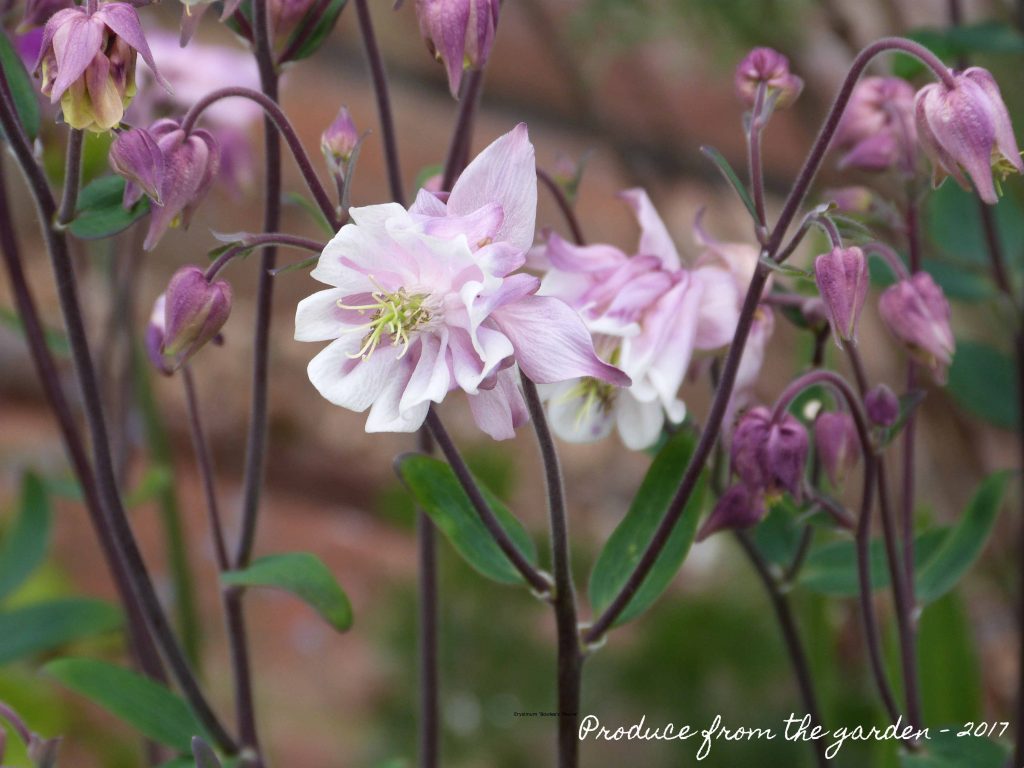 Aquilegia – I only seem to manage white ones when they set seed. I think I need to introduce some other colours!
Aquilegia – I only seem to manage white ones when they set seed. I think I need to introduce some other colours!
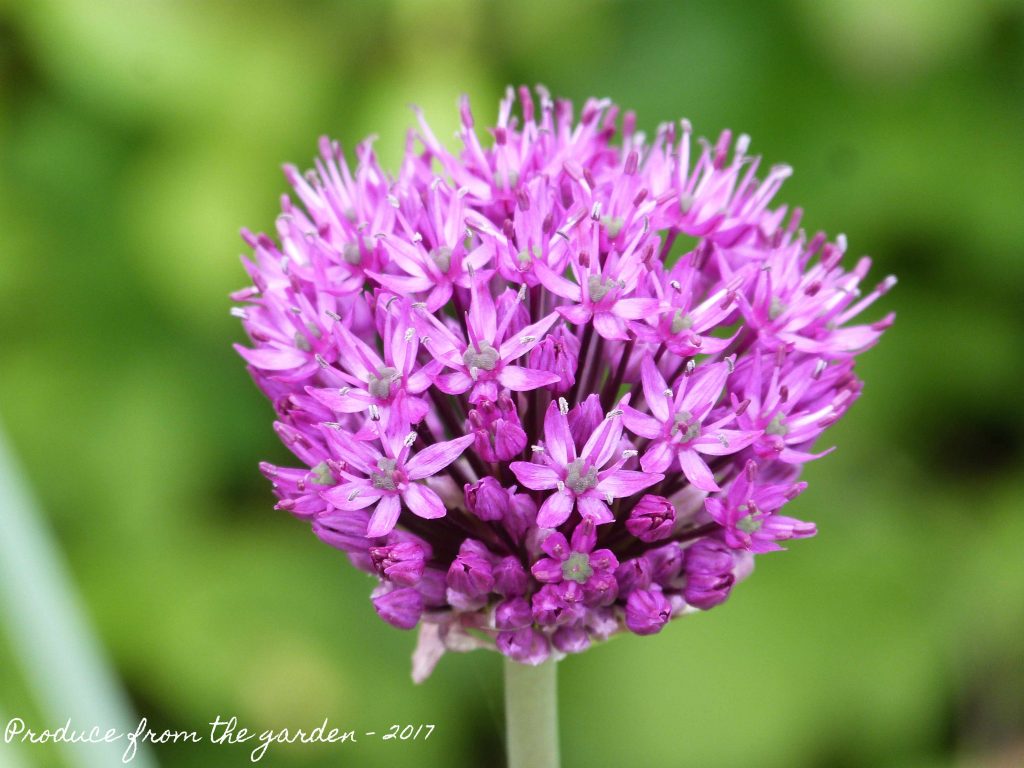 Finally, Allium ‘Purple Sensation’, this will be my favourite plant in the garden next week when it’s opened in to a full ball.
Finally, Allium ‘Purple Sensation’, this will be my favourite plant in the garden next week when it’s opened in to a full ball.
